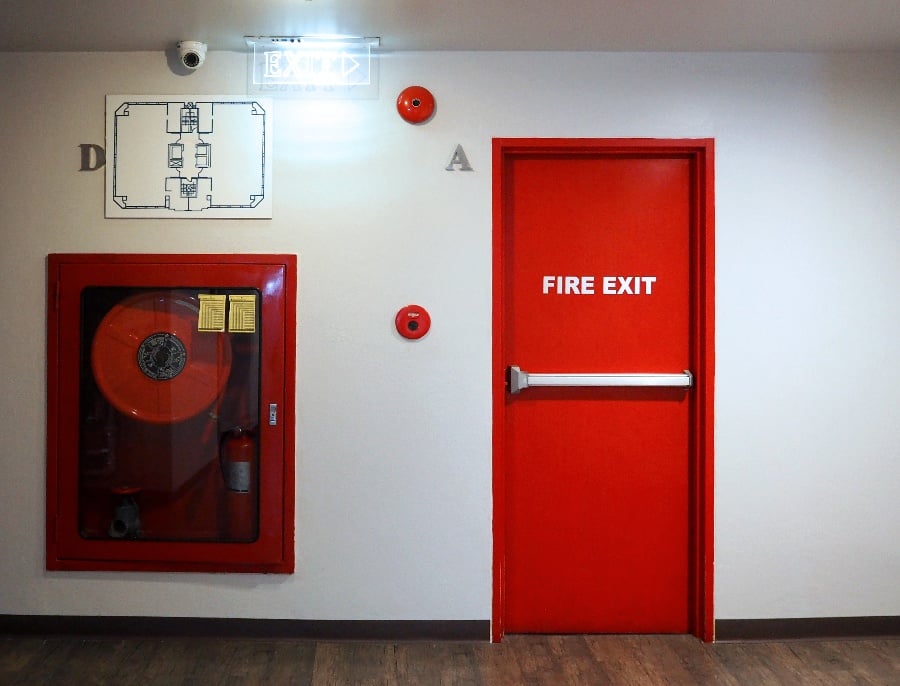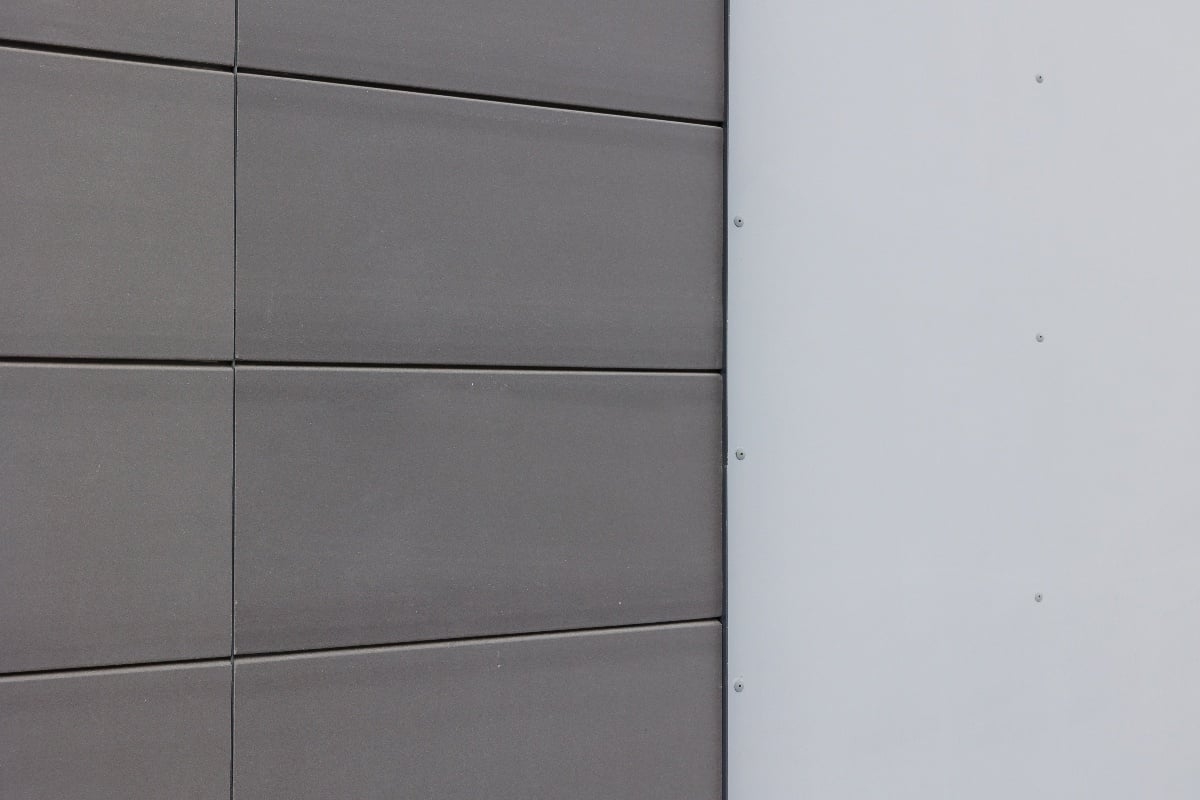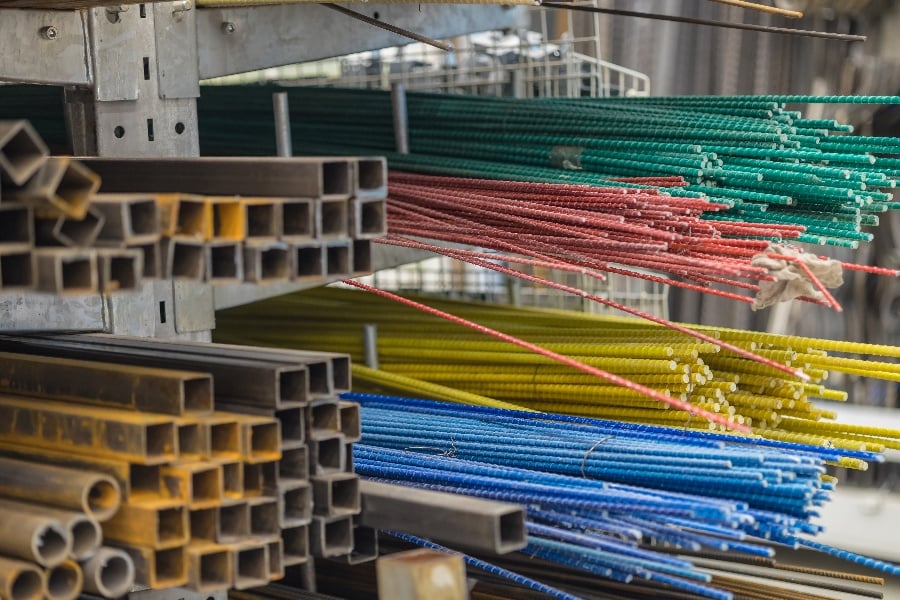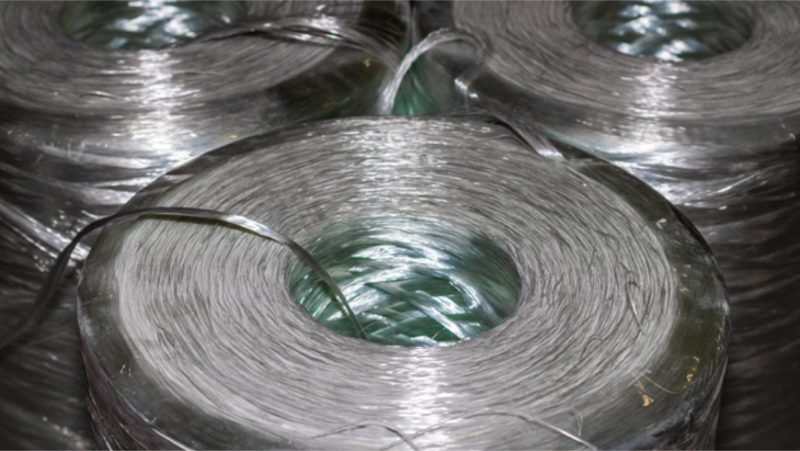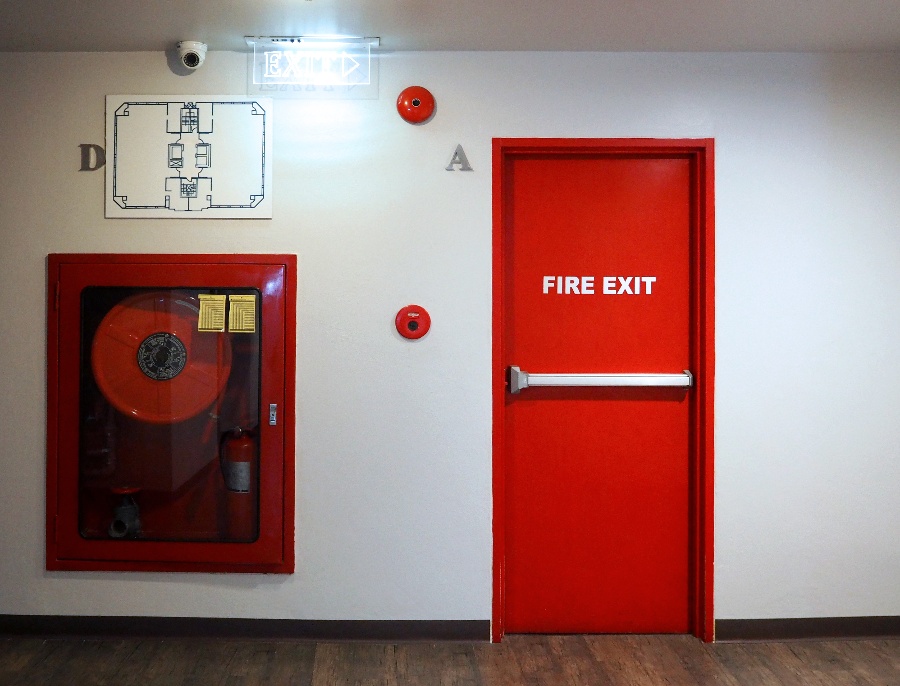
Fire doors are one of the most critical tools we have to stop the spread of fires. They are typically made of metal or another fire-resistant material, and they are designed to close automatically in the event of a fire. Fire doors are used to slow the spread of flames and smoke, giving people more time to evacuate the building.
They can also help to contain fires to a single room or area, which should make it easier for first responders to contain the blaze. In short, fire doors play a vital role in protecting life and property. All buildings should have them, and they should be properly maintained to ensure that they will function as intended if there is a fire.
Designing effective fire doors is essential for protecting buildings and the people inside them from the spread of fire. However, it is also a complex process, as engineers must take a number of factors into account. Engineers need to consider the door's fire rating, which indicates how long it can withstand exposure to heat and flames.
Other important factors include the door's size, thickness, and construction materials. In addition, engineers must also ensure that the door is properly installed and maintained. When all of these factors are taken into account, engineers can help to ensure that fire doors are effective in slowing or preventing the spread of fire.
There are a number of materials that can be used to develop effective fire doors. Let's jump into the material requirements that engineers should take into consideration when designing a fire door.
Fire Door Materials
When it comes to fire doors, the material is just as important as the door itself. Fire-rated doors can be made from a combination of materials, such as steel and gypsum board, but sometimes they are made from just one material. The choice of material depends on the fire rating required and the application requirements.
There are many materials that can be used for fire doors, but not all of them meet the required standards. The chosen material must be able to handle extreme heat up to 1925 degrees Fahrenheit and must be able to endure a fire hose delivering water at 30 psi from 20 feet away. In some applications, the material must also limit the transmission of heat from one side to another. The material also may have to limit smoke transmission.
For example, some materials may be able to withstand heat but not water pressure, or vice versa. As a result, it is essential to select a material that meets all of the necessary standards. While there are many different fire door materials available on the market, only a few can truly be considered the best of the best.
The properties of the materials used must be considered carefully in order to ensure that the door will perform as intended. With the right design and materials, fire-rated doors can provide an effective barrier against the spread of fire and smoke.
Wood Fire Doors
Wood is not usually associated with fire resistance, but it is a common material used in fire-rated doors. Fire doors made of wood are usually filled with a fire-resistant material, such as gypsum. Gypsum is an excellent material for fire resistance because it is an inert substance that does not burn. In addition, gypsum is a great insulator and can help to prevent the door from warping in high temperatures. The bottom line is that if you are looking for a fire-resistant door, wood is a viable choice.
Steel Fire Doors
When it comes to fire safety, steel doors are an excellent choice. Steel is a non-combustible material, meaning that it will not feed a fire. This property makes it an ideal choice for use in high-risk areas such as businesses and schools. Steel doors also typically come with a higher rating than wood doors, making them more resistant to fire and smoke damage.
In addition, steel doors are typically more cost-effective than wood doors, making them a great choice for budget-conscious buyers. Hollow steel doors can also be filled with gypsum, making them even more fire-resistant.
Pultruded fiberglass (FRP) and fiberglass are two excellent material choices for fire doors.
FRP and Fiberglass for Fire Doors
FRP and fiberglass doors offer a unique combination of fire resistance and durability, making them an ideal choice for many applications. FRP doors are made from fiberglass-reinforced plastic, which is highly resistant to heat and flame. Fiberglass doors can also be coated with a fire-resistant material, which helps to protect the door from fire. As a result, FRP and fiberglass doors are an excellent choice for fire doors.
Let’s discuss the properties of these two materials that make them great for fire protection.
Durability
Pultruded fiberglass and fiberglass are two extremely durable materials that can maintain their shape for decades with little or no maintenance. This property makes them ideal for fire doors, as they will not warp or distort under extreme heat. In addition, both materials are resistant to fire and smoke and will not contribute to the spread of flames.
Fiberglass is also non-conductive, meaning it will not conduct heat or electricity, making it an ideal material for use in electrical applications. Pultruded fiberglass is also dimensionally stable, meaning it will not swell or shrink when exposed to moisture or extreme temperatures. These properties make pultruded fiberglass and fiberglass the perfect materials for fire doors.
Fire Resistance
Pultruded fiberglass and fiberglass both have high resistance to heat. This property makes them ideal for fire doors. Pultruded fiberglass and fiberglass are better materials for fire doors because they can withstand higher temperatures without warping or melting.
Pultruded fiberglass is also stronger than conventional fiberglass, so it is less likely to be damaged by fire. Fiberglass doors are an excellent choice for fire doors because they are durable, stable, and easy to clean.

